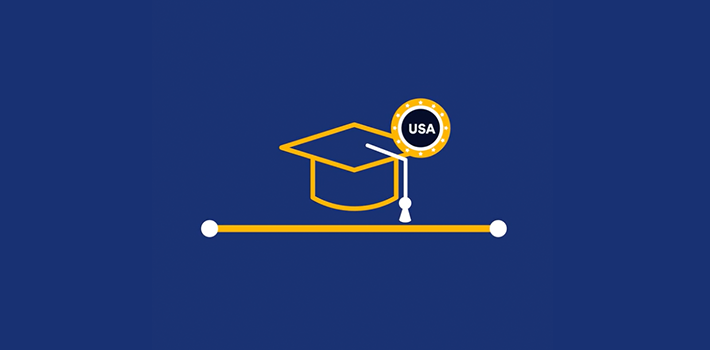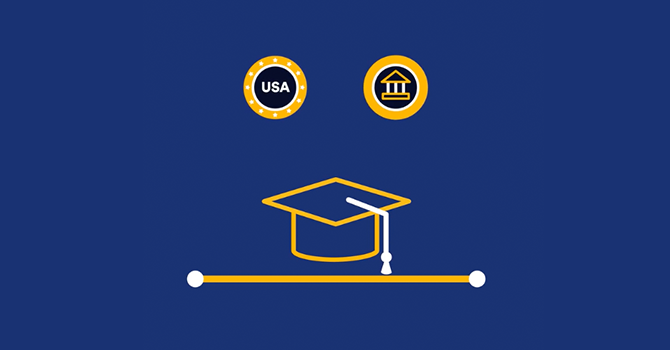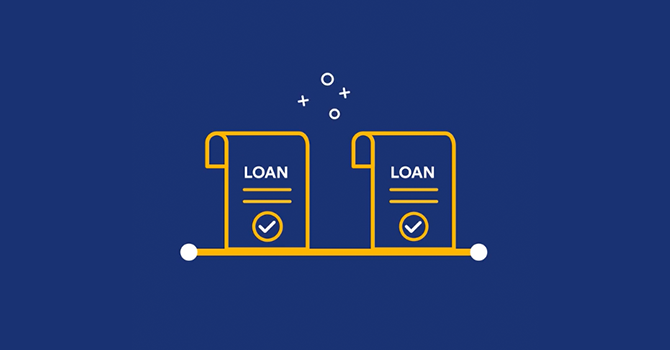Student loans: The Standard Repayment Plan
The Standard Repayment Plan for student loans involves fixed monthly payments over a 10-year period, ensuring full repayment of the borrowed amount and accrued interest. The plan has a payback term of 10 years per loan, or between 10 to 30 years for consolidated loans.
Student loan repayment: Other considerations
The standard student loan repayment plan is the default repayment option for those who do not select another route of repayment. Let’s review a few key considerations about the standard plan.
Grace period
Some student loans allow a grace period or a payment-free period between finishing school and payments becoming due. The specific details of the grace period, and time frame, depend on your loan type and other personal factors. For example, if you re-enroll in school or consolidate your loan, the factors of your repayment grace period may be affected. Similarly, if you leave school or change your status from full to part-time, your grace period could be impacted.
Making early payments
If you would like to pay off your student debt earlier, you could consider making early payments. Proactively making early payments, additional payments, or payments greater than the amount due on your student loan could diminish interest costs and overall loan expenses. Contact your loan servicer to learn the details about early payments or other changes to loan repayments.
Missed payments
If making payments in-full and on time becomes challenging, communicate with your loan service provider. There may be alternative options, like consolidation, forbearance, or deferment. You may also qualify for a student loan forgiveness program which could make student loan repayment more manageable.
Student loan forgiveness
There are various types of student loan forgiveness. Some federal student loan forgiveness options such as Income-Driven Repayment (IDR) and Public Service Loan Forgiveness (PSLF) could be options for you. Visit these resources to learn more about how to qualify:
Refinancing
There are also private student loan refinancing options that could help lower your interest rate, lower your monthly payment, or shift your loan from a fixed rate to a variable rate (or vice versa.) Making some of these changes could reduce the total amount of interest you pay over the life of the loan. Just note that when you refinance federal student loans with a private lender, you will lose eligibility for federal forgiveness programs such as PSLF and IDR, and other benefits. To determine the right student loan repayment plan for you, reach out for a free consultation with one of our student loan specialists.
Student loan repayment: Approaches for success
Understanding the standard student loan repayment plans is important for borrowers since it’s the default option for student loan repayment. You could also explore alternative repayment plans to support your overall financial management. This could help pave the way to paying off student debt and continuing your career student loan-free.



